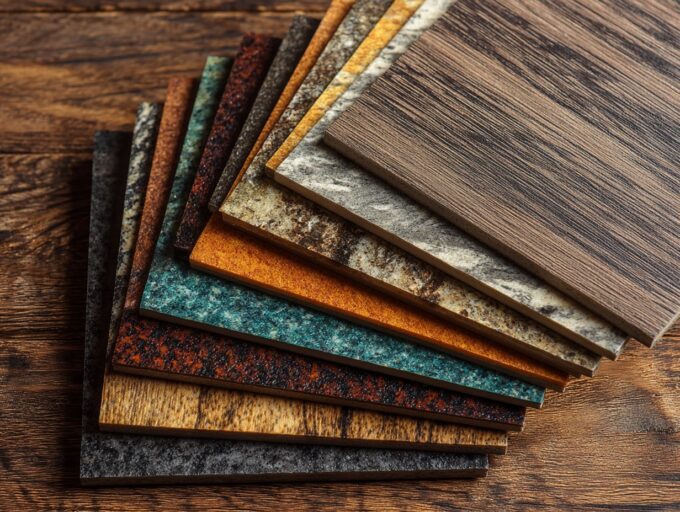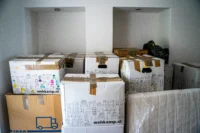- Home
- Articles
- Architectural Portfolio
- Architectral Presentation
- Inspirational Stories
- Architecture News
- Visualization
- BIM Industry
- Facade Design
- Parametric Design
- Career
- Landscape Architecture
- Construction
- Artificial Intelligence
- Sketching
- Design Softwares
- Diagrams
- Writing
- Architectural Tips
- Sustainability
- Courses
- Concept
- Technology
- History & Heritage
- Future of Architecture
- Guides & How-To
- Art & Culture
- Projects
- Interior Design
- Competitions
- Jobs
- Store
- Tools
- More
- Home
- Articles
- Architectural Portfolio
- Architectral Presentation
- Inspirational Stories
- Architecture News
- Visualization
- BIM Industry
- Facade Design
- Parametric Design
- Career
- Landscape Architecture
- Construction
- Artificial Intelligence
- Sketching
- Design Softwares
- Diagrams
- Writing
- Architectural Tips
- Sustainability
- Courses
- Concept
- Technology
- History & Heritage
- Future of Architecture
- Guides & How-To
- Art & Culture
- Projects
- Interior Design
- Competitions
- Jobs
- Store
- Tools
- More
What Defines a Sustainable Spa Design in Modern Architecture?

A spa is not just a retreat for relaxation—it is a space meant to promote wellness, both for people and the planet. Modern architecture emphasizes sustainability, pushing designers to consider materials, energy use, and longevity. It is not enough for a spa to look serene.
The way it is built, powered, and maintained must also reflect care for the environment. Think durable, low-impact materials that reduce waste, or renewable energy systems to power water features and heating; these small details add up to significant impacts.
In this guide, you will find insights to help you with design or improve with purpose, from energy-smart systems to long-term solutions for eco-conscious renovations.
Table of Contents
ToggleUsing Renewable Energy Systems for Spa Operations
Energy efficiency is at the heart of sustainable spa design. Incorporating renewable energy systems, such as solar panels or geothermal heating, significantly reduces a spa’s carbon footprint.
These systems can power lighting, heating, cooling, and water features, and offer long-term cost savings while promoting environmental responsibility. Beyond operational benefits, renewable energy systems also signal a commitment to green values, appealing to eco-conscious clientele.
Prioritizing Efficient Maintenance to Reduce Waste
Sustainable spa design does not end with construction. Regular maintenance, using efficient systems and durable components, prevents unnecessary waste in energy, water, and materials. Upgrading to high-quality, replaceable parts ensures the equipment operates smoothly for years to come.
Reliable resources like Easy Spa Parts help keep essential systems running efficiently, offering durable replacement components that extend the life of spa features. Whether it is pumps, filters, or heating units, well-maintained equipment reduces energy consumption and minimizes environmental impact.
Incorporating Water Conservation Strategies
Water conservation is another cornerstone of sustainable spa design. Spas use significant amounts of water, but smart systems can drastically reduce waste.
Installing water-efficient fixtures, such as low-flow showerheads and faucets, helps minimize consumption without compromising the guest experience. Advanced filtration and recycling systems can repurpose used water for non-potable functions like irrigation. Additionally, thoughtful landscaping with drought-tolerant plants further reduces water usage.
Choosing Sustainable Materials for Construction
Reducing water waste aligns with the broader goal of choosing materials that minimize environmental impact. Sustainable spas utilize eco-friendly materials, such as reclaimed wood, recycled metal, and natural stone, which help reduce resource depletion.

Opting for non-toxic, low-VOC paints and sealants also improves indoor air quality, promoting health for guests and staff. Bamboo and cork are excellent renewable options for flooring, while locally sourced materials lower transportation emissions.
Thoughtful material choices not only enhance sustainability but also create a timeless aesthetic that complements nature.
Maximizing Natural Light and Ventilation
Sustainable materials often pair well with designs that maximize natural light and ventilation, creating a harmonious blend. Large windows, skylights, and open spaces reduce reliance on artificial lighting and climate control systems, thereby enhancing energy efficiency.
Also, consider Natural ventilation as it enhances indoor air quality by keeping spaces fresh while minimizing excessive energy use. Strategically placing windows or ventilation systems promotes airflow and reduces the need for mechanical cooling.
Ensure you incorporate light-colored, reflective materials into your design to further enhance brightness and maximize the use of available daylight. These design choices not only conserve energy but also create serene and inviting spaces where guests feel connected to their surroundings.
Designing with Biophilic Principles
Besides incorporating natural light and ventilation, be sure to adopt a biophilic design, which fosters a stronger connection between indoor spaces and nature. Introducing natural elements, such as living walls, indoor plants, and water features, enhances the calming ambiance of the spa while improving air quality.
Designing with views of greenery or integrating outdoor spaces, such as gardens, further deepens this connection. Biophilic design reduces stress, promotes well-being, and aligns perfectly with sustainable practices. These natural touches create a spa environment that feels harmonious and rejuvenating, resonating with eco-conscious guests.
Integrating Smart Technology for Efficiency
The final piece of sustainable spa design we will examine in this guide involves integrating innovative technology. Automated systems for lighting, temperature control, and water management ensure energy and resource use stays efficient without constant manual oversight.
These technologies not only enhance sustainability but also create a seamless experience for guests, maintaining comfort while reducing environmental impact. Additionally, these connected systems provide spa owners with real-time insights into energy and water usage, enabling them to make adjustments that align with their eco-conscious goals.
Final Thoughts
Sustainable spa design is about crafting spaces that care for both guests and the environment. From renewable energy and water conservation to biophilic elements and smart technology, each choice enhances both function and eco-friendliness.
These practices create tranquil retreats that honor nature while setting a new standard for responsible, modern architecture.
Submit your architectural projects
Follow these steps for submission your project. Submission FormLatest Posts
Understanding Site Safety Footwear in Architectural Practice
Architecture is often discussed through drawings, models, and finished buildings, yet a...
General Arrangement Drawings in Architecture: The Backbone of Clear Design Communication
General Arrangement Drawings explained: what they are, when to use them, how...
The Ultimate Guide to Fencing in North Dakota: Choosing the Best Fence for Your Property
Watching a chain link fence twist in 70 mph winds near Minot...
Gaudí: Where Architecture Meets Science
Gaudí: Where Architecture Meets Science shows catenary arches, ruled surfaces, and biomimicry...












Leave a comment